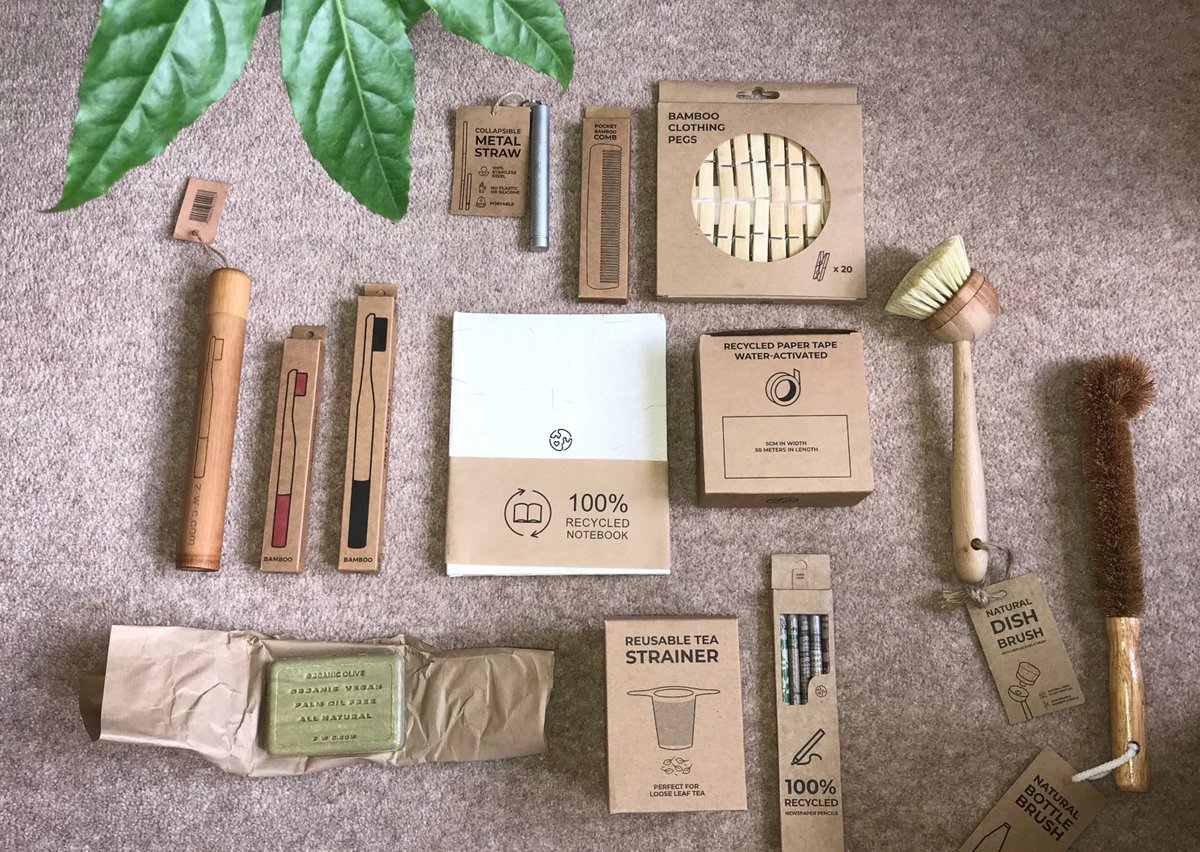“Millennials are pushing companies to make a positive impact on the world because they believe global problems are too big for individuals to solve,” explains Suzanne Shelton, president and CEO of The Shelton Group, in a press release. “Millennials will reward corporations that take action and address problems for them.”
A new survey focused on millennial diets (22-37years old) found some VERY interesting results:
- 60% of Millennials are aware of the implications their food choices have on the environment
- 63% are trying to incorporate plant-based foods into their diets
- 50% actively seek out food and beverages made of less packaging and plastic
- 65% said food sourcing is important to them
- 50% said they will pay more for products that have adopted animal welfare standards and are responsibly sourced
A 2015 Nielsen study showed that almost 72 percent of millennials are willing to pay extra for sustainable products. They are not completely at odds with other generations: 51 percent of those aged between 50 and 64 years old were also willing to pay extra, an increase of 7 percent on the previous year.
In Vietnam ,with the message of environmental protection, raising public awareness, "Garbage Challenge" with the hashtag #ChallengeForChange is now a trend that many young people respond to.
Activity in Ly Son Island
In the UK alone, an estimated 2.5 billion takeaway coffee cups are discarded every year. Several coffee chains, including Costa and Starbucks, now offer discounts for customers who bring in their own cup.
Pret a Manger this year doubled its discount to 50p (Dh3).The chain has also launched reusable water bottles, installed water stations in some shops and its vegetarian-only shops offer biodegradable cutlery.
Many restaurants in Britain have joined the Refuse the Straw movement by giving them only to customers who request one. Similar incentives around coffee cups and straws are in place in countries across the world.



































